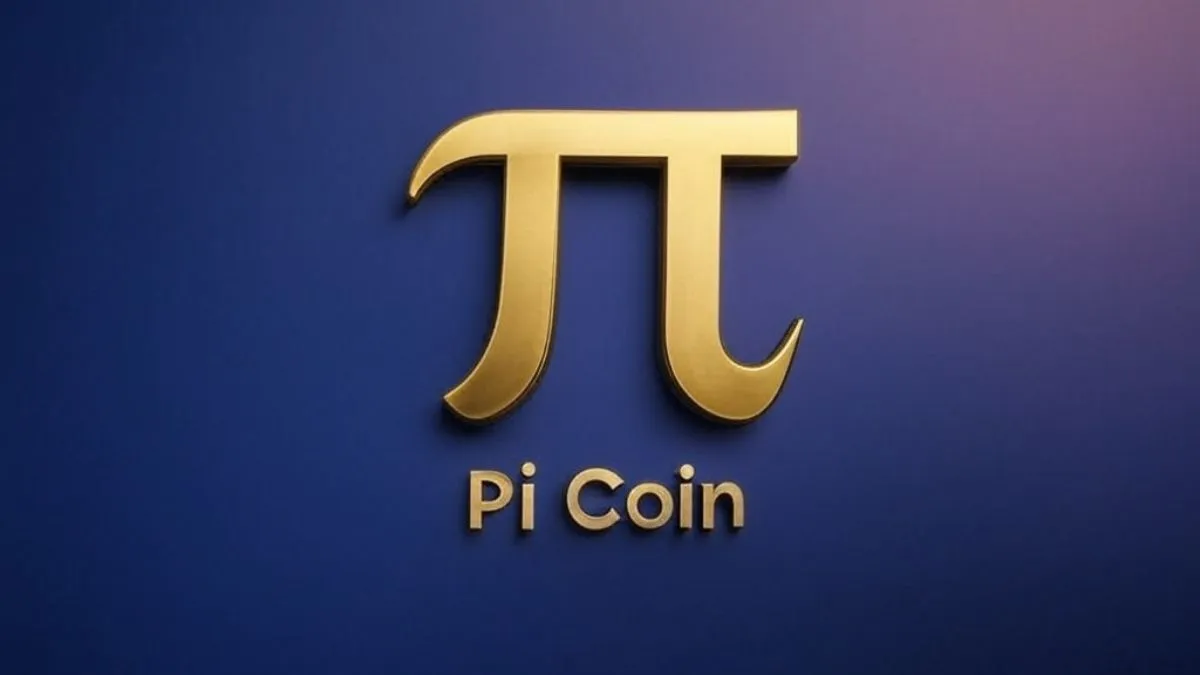The order book is a crucial component in understanding how markets work, especially in cryptocurrency trading. It represents the list of buy and sell orders for a specific asset (e.g., Bitcoin, Ethereum) on a given exchange at any moment. Understanding how the order book works can significantly improve your ability to make informed decisions when trading.
What is an Order Book?
An order book is a real-time, dynamic list of all pending orders in a market, showing the prices and quantities at which participants are willing to buy or sell an asset. The orders are typically divided into two categories:
- Buy Orders (Bids): These represent the prices at which buyers are willing to purchase the asset.
- Sell Orders (Asks): These represent the prices at which sellers are willing to sell the asset.
The order book is constantly updated as new orders are placed or completed (i.e., executed).
Key Components of an Order Book
- Bid Price: The highest price a buyer is willing to pay for an asset.
- Ask Price: The lowest price a seller is willing to accept for the asset.
- Bid Quantity: The amount of the asset a buyer is willing to purchase at the bid price.
- Ask Quantity: The amount of the asset a seller is offering at the ask price.
- Spread: The difference between the highest bid price and the lowest ask price. This is often used as an indicator of liquidity and market efficiency.
How the Order Book Works
The order book operates as a matching system. When a buyer places an order to purchase an asset at a certain price, and a seller places an order to sell at the same price, a trade occurs.
- Market Orders: These are orders to buy or sell immediately at the best available price. When a market order is placed, it will be matched with the closest limit orders in the order book.
- For example, if you want to buy Bitcoin at the current market price, your order will be matched with the lowest ask price in the order book.
- Limit Orders: These orders specify the price at which a trader wants to buy or sell an asset. A buy limit order will only be filled at the price or lower than the specified price, while a sell limit order will only be filled at the price or higher than the specified price.
- For example, a trader might place a buy limit order for Bitcoin at $25,000, which will only be filled if the price drops to that level or lower.
- Stop Orders: These are conditional orders placed to trigger a market order when the asset reaches a specific price. They are commonly used to limit potential losses or lock in profits.
- A stop-loss order might be set at $20,000 for Bitcoin. If the price drops to $20,000, a market order will automatically be triggered to sell the Bitcoin at the best available price.
Types of Orders in the Order Book
- Limit Orders: Orders to buy or sell at a specific price.
- Market Orders: Orders to buy or sell immediately at the best available price.
- Stop Orders: Orders to execute a market order once a certain price is reached.
- Stop-Limit Orders: Similar to stop orders but with a limit price, meaning the order will only execute at the specified price or better.
- Fill or Kill (FOK): An order that must be completely filled immediately, or it is canceled.
- Immediate or Cancel (IOC): An order that is partially filled immediately, with the remaining portion being canceled.
Interpreting the Order Book
The order book provides valuable insights into market sentiment, liquidity, and potential price movements. Here’s how to interpret its data:
- Depth of the Market: A deeper order book with more orders at various price levels indicates high liquidity, meaning the market can absorb larger trades without significantly moving the price.
- Bid-Ask Spread: A narrow bid-ask spread typically indicates high liquidity, while a wider spread may indicate low liquidity, which could lead to more volatile price movements.
- Market Imbalance: The ratio of buy orders (bids) to sell orders (asks) can give clues about market sentiment:
- A higher number of buy orders than sell orders might indicate bullish sentiment, suggesting that more traders are looking to buy the asset.
- A higher number of sell orders than buy orders might indicate bearish sentiment, suggesting that more traders are looking to sell the asset.
- Order Book Pressure: If there are large orders on either side (buy or sell), it can indicate strong support or resistance levels. For example:
- If there are large buy orders at a certain price, that price might act as support, as it would require significant selling pressure to break below it.
- Large sell orders may create resistance, as the price would need significant buying pressure to push past it.
- Hidden Orders: Some traders use strategies such as iceberg orders (orders that are hidden or only partially visible) to manipulate the order book and disguise their true intentions. These types of orders are more difficult to detect but can influence market dynamics.
Limitations of the Order Book
While the order book is a powerful tool for understanding market dynamics, it is not without its limitations:
- Market Manipulation: In some cases, large players can manipulate the order book by placing fake orders (known as spoofing) to create the illusion of demand or supply.
- For example, a trader may place a large sell order just above the current price to make it seem like there is significant resistance, and then cancel it once the price moves closer to that level.
- Latency: The order book updates in real-time, but there can be small delays due to network latency or order processing times. In fast-moving markets, this latency can lead to slippage, where the price you see in the order book may differ from the price at which your order is actually executed.
- Hidden Orders: As mentioned, some traders use hidden orders (e.g., iceberg orders), which means that the full picture of supply and demand may not always be visible in the order book. This can lead to misleading interpretations of the market.
How to Use the Order Book for Trading
Traders can use the order book to inform their strategies and improve their decision-making. Here are some key ways to use it:
- Scalping: Short-term traders, such as scalpers, can use the order book to identify short-term price movements and execute multiple quick trades. By analyzing the order book’s depth and liquidity, they can anticipate small price changes and capitalize on them.
- Trend Confirmation: If the price is trending upwards and the order book shows an increasing number of buy orders, it can help confirm the strength of the trend. Similarly, if the price is trending downwards and the order book shows increasing sell orders, it can signal a continuation of the downtrend.
- Identifying Support and Resistance Levels: Large buy orders in the order book can act as support, while large sell orders can act as resistance. Identifying these levels can help traders make better entry and exit decisions.
- Volume Analysis: By watching the volume of buy and sell orders in the order book, traders can identify potential price movements. High buy volume at a certain price level could indicate a breakout, while high sell volume could indicate a price drop.
- Predicting Price Movements: By watching the flow of orders (i.e., large market orders coming in or large limit orders getting filled), traders can often predict short-term price movements. A large influx of market buy orders, for example, might indicate an upcoming price surge.
Conclusion
The order book is a powerful tool for cryptocurrency traders. It provides real-time insight into market liquidity, sentiment, and potential price movements. However, it should be used alongside other tools and analysis methods to avoid potential pitfalls such as market manipulation and latency. By understanding how the order book works, traders can make more informed decisions and develop better strategies in the cryptocurrency market.




